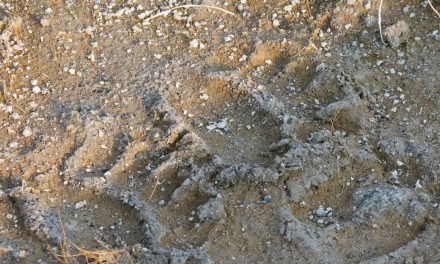The wilderness can be a mentally tough place. It takes grit and mettle to hack it in the wild. When you’re not dealing with food rations, you’re likely keeping an eye out for any unexpected animal attacks. These are avoidable challenges. One of the hardest battles you can ever fight in the wilderness is how to find drinkable water.
Before you consider any extreme measures, there are other safer options that can keep you hydrated enough to make it to a water source. Rivers, streams, rocks, and plants all have drinkable water. It just takes a little wilderness ingenuity to get it.
Head downstream
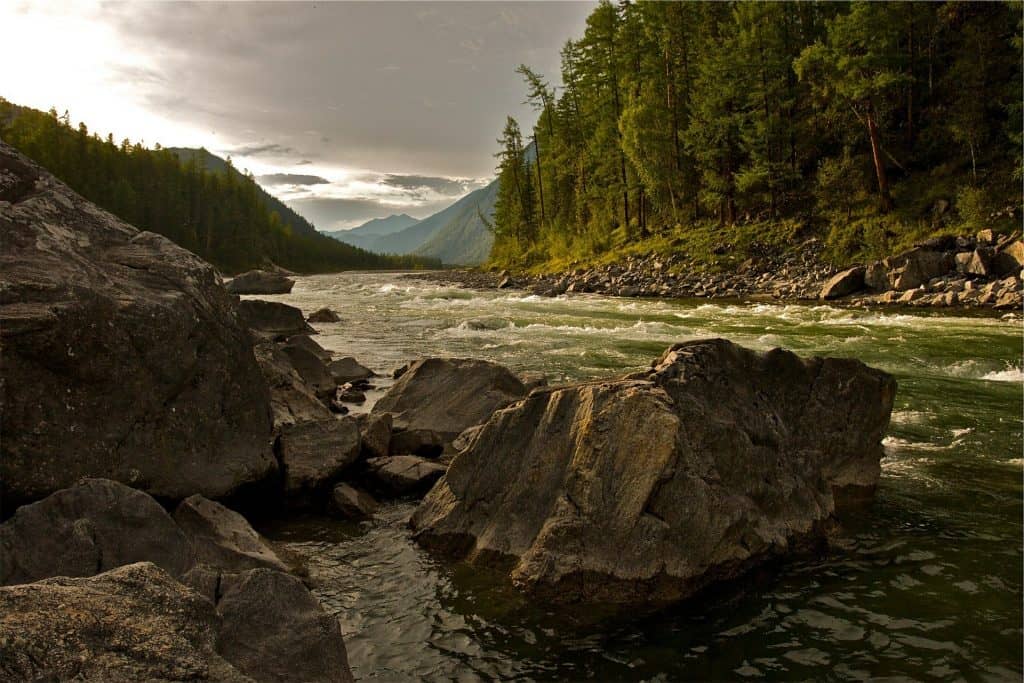
This should be your first step whenever you venture into the wild. Water sources such as rivers and most streams are found downhill if you are in hilly or mountainous areas.
On your first night out, you can hear the roar of the water if you stay still and maintain total silence. If you can hear the water source, plan for a trip downstream at dawn. This is because most animals in the wilderness come out to hunt at night. You don’t want to be caught out while wild animals are looking for food.
It’s always best to purify or filter stream water, no matter how clean it looks.
Follow the tracks
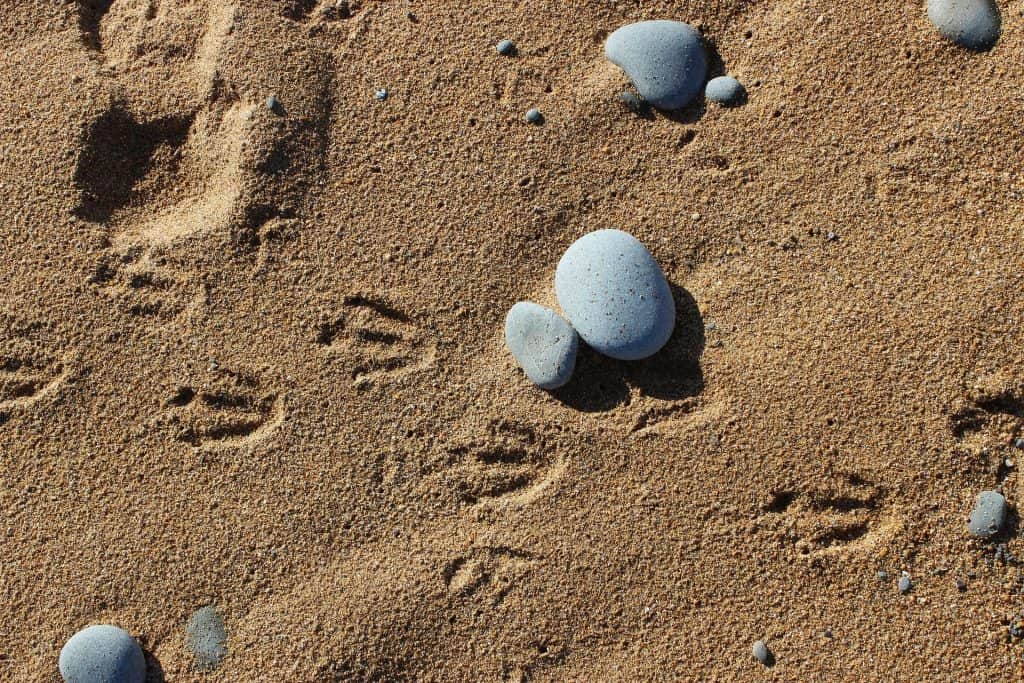
Animals tend to follow a similar path to water bodies. If you’re low on drinkable water, it’s in your best interest to follow animal footprints. However, this strategy will work if you follow the tracks during the day. There are 2 reasons behind this. Besides better visibility, most animals don’t roam about during the day. An encounter with a wild animal during the day is less likely.
Follow the birds

If you find yourself on the edge of dehydration and at ends as to where to get water, look up at the birds. Birds flock around water bodies even when they are airborne. You need to have a sharp sense of direction to follow this route, though.
Insects know

Water bodies are excellent breeding grounds for most insects. If you can push aside the thought of insects breeding in water, you will have saved yourself the hassle of wandering too far in search of water. Look for large swarms of insects and other hovering insects such as dragonflies.
Water from plants
There are various methods that can help you get drinkable water from plants in the wilderness. Make sure you have enough plastic bags with you. Tie the plastic bag around the leaves of plants and wait for the plants to give off water vapor. This might take a while and a lot of plastic bags.
Alternatively, you can tie a clean absorbent cloth to your ankles and walk through lush greenery at dawn. The greenery might have heavy dew that the absorbent cloth will soak up. Wring the cloth into a clean container and drink up. Be careful not to soak up dew from poisonous plants.
Collect rainwater

Feeling the rain just as you are on the verge of dehydration in the wilderness may be one of the best feelings you can experience. Rainwater is fairly easy to collect and it might a lot if it’s a heavy fall. You will collect more water if you have more containers.
Rainwater in the wilderness might be purer than what you’d normally collect in the city. However, if you don’t have a filter, tie a tarp on trees and put a rock in the middle so that the water collects at the bottom of the depression.
Boil the collected water if you have the necessary equipment. Alternatively, let it sit for a while. Any sediments the rainwater collected on its way down will settle at the bottom. You can then quench your thirst.
Go deep
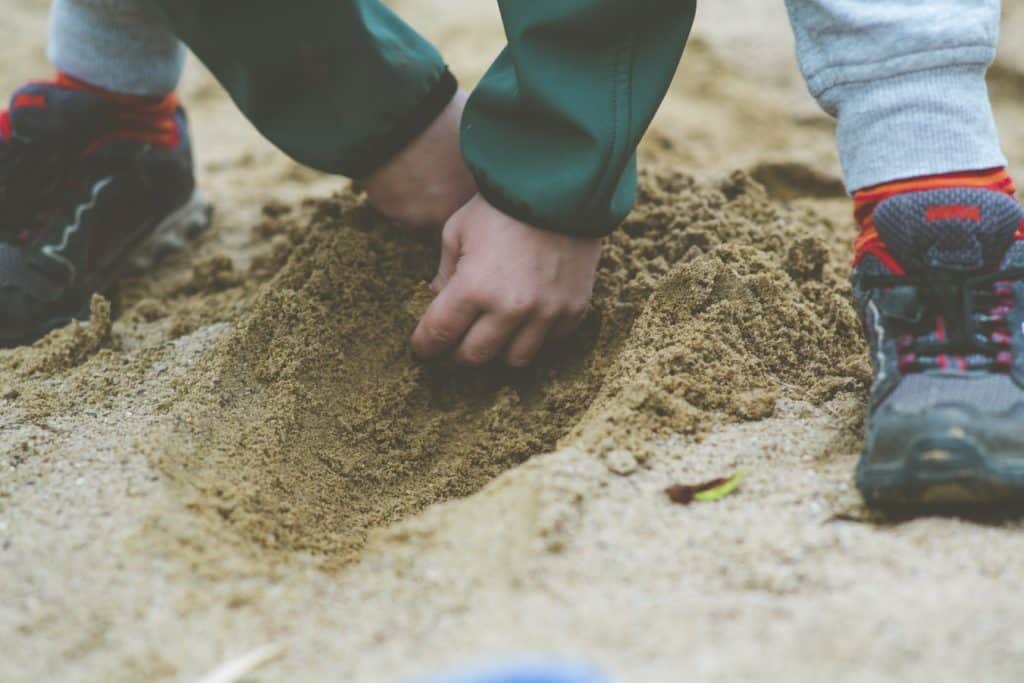
If all else fails, its time to go deep. The first sign of some groundwater is to look for rocks that have some water seeping between the cracks. You can also check for mud or thriving vegetation.
Assuming the surrounding area isn’t rocky, dig until you get to the water. You won’t know if it is drinkable as soon as you get it. The best option is to let it sit for a while, let the dirt collect at the bottom then make your choice from there.
In the same breath, digging is an extreme measure that can keep you hydrated for a while. Find the most sun-hit area around. Dig a 2-foot deep hole that has another hole in it for a container. Cover the width of the hole with a clear plastic sheet and anchor it with rocks or sand. Place a rock in the middle of the plastic sheet such that the whole apparatus resembles a funnel.
Water should collect in the container. There needs to be a tube that runs from the container to the above ground. You can drink the water directly or you can transfer the water to other containers.
Snow
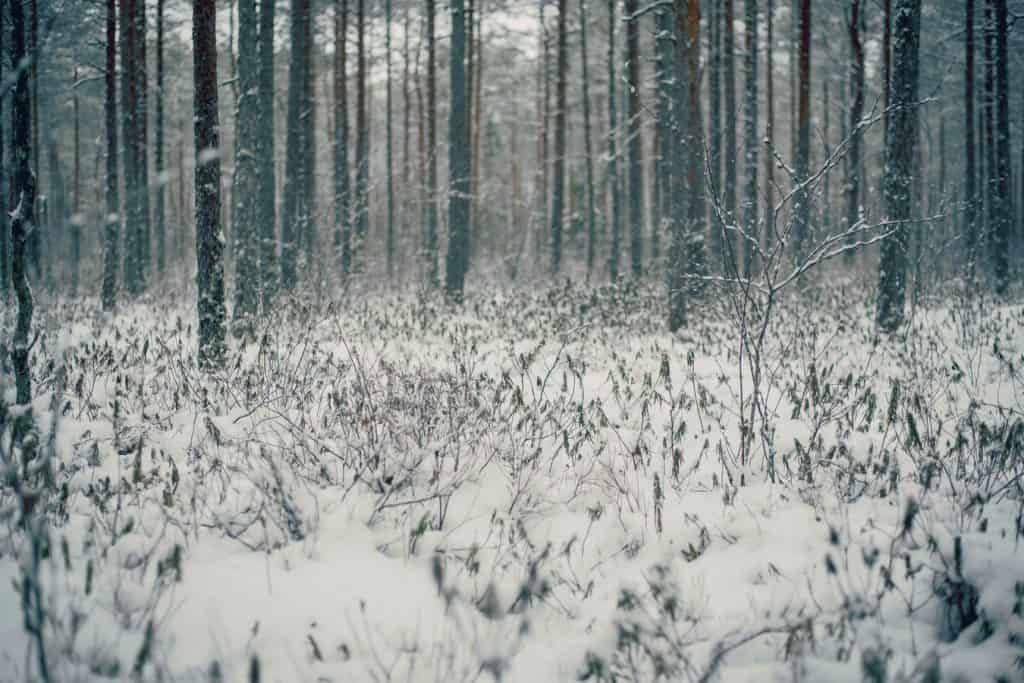
If you’re in an area that has snow or ice, well lucky you. Do not eat snow or drink ice water when it’s cold. Ice lowers your body temperature and raises your metabolism. This, in turn, dehydrates you. Allow it to warm up. Fresh ice water is blue and crystalline while salty ice water is cloudy and grey. When you find snow or ice water, it is vital to filter it first to make sure there is no debris.
Still, clear water doesn’t mean it is drinkable. Purify the water before taking it. Mixing the ice water with any other water you have should make it taste better. Otherwise, some ice water may not be exactly great-tasting.
Remember this
- A few wrong turns could make the difference between a great wilderness experience and a traumatic experience. Always track your movement and keep your bearing.
- Water purifiers and water filters will save you from probable bacterial infections from the water.
- The first step to survival in the face of dehydration is to not panic. Settle down before making rushed decisions that might further ruin your chances of survival.
- Plastic bags are an important asset in the wilderness.
- The best sign of drinkable water is checking whether there is any life around it. If animals don’t drink it and you don’t see any vegetation in it, it’s likely unsafe for human consumption
Note: Drinking urine is not the best option. The 5% of toxic waste it contains may harm your kidneys.
- Hammock Benefits: What The Tent Industry Doesn’t Want You Knowing - November 19, 2022
- How I Maintain My Hygiene When Camping - November 19, 2022
- How to Survive a Meet & Greet with a Bear - November 18, 2022





